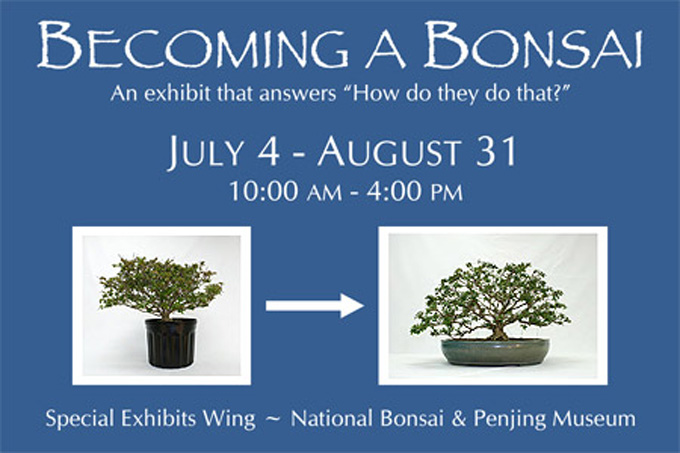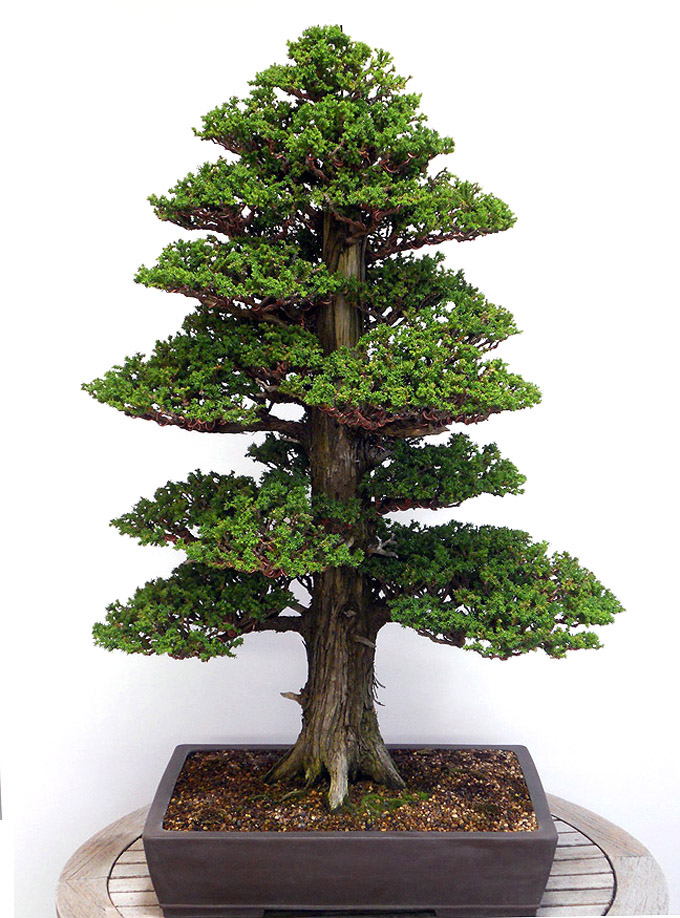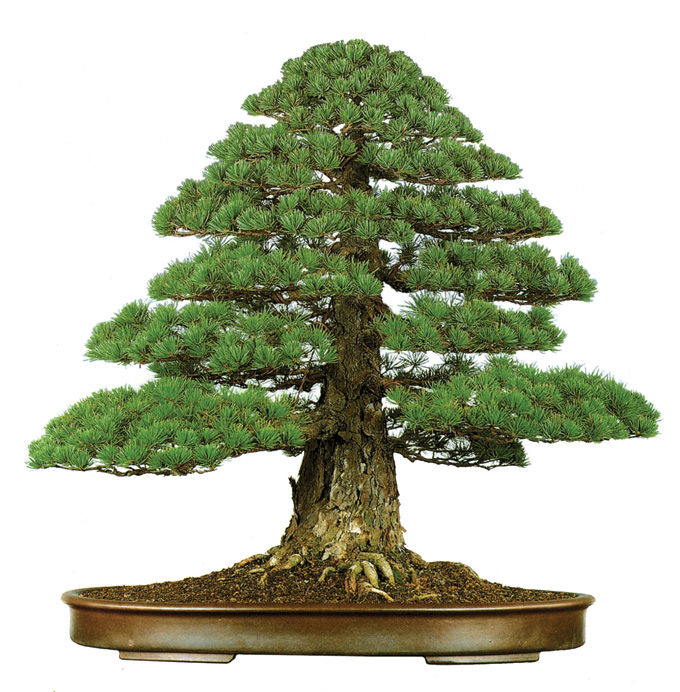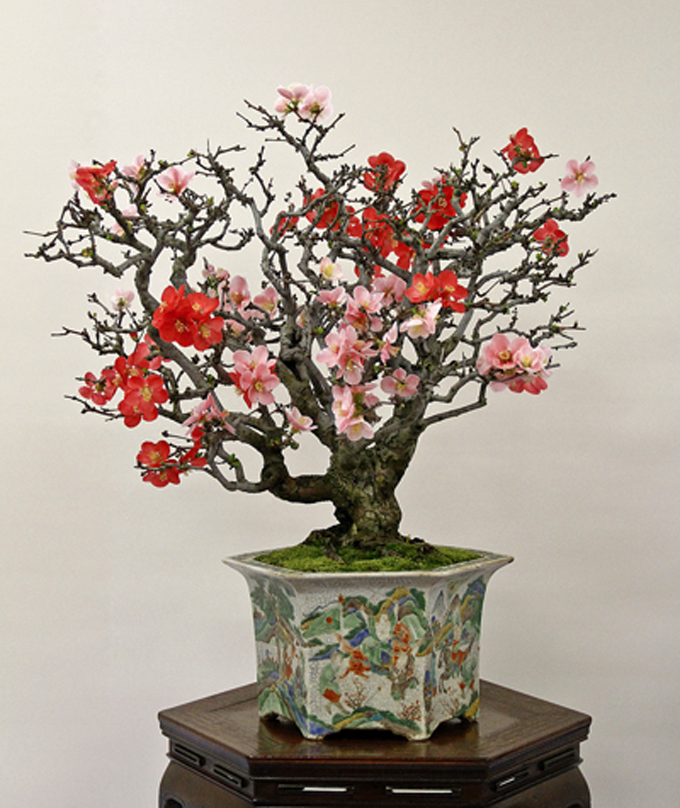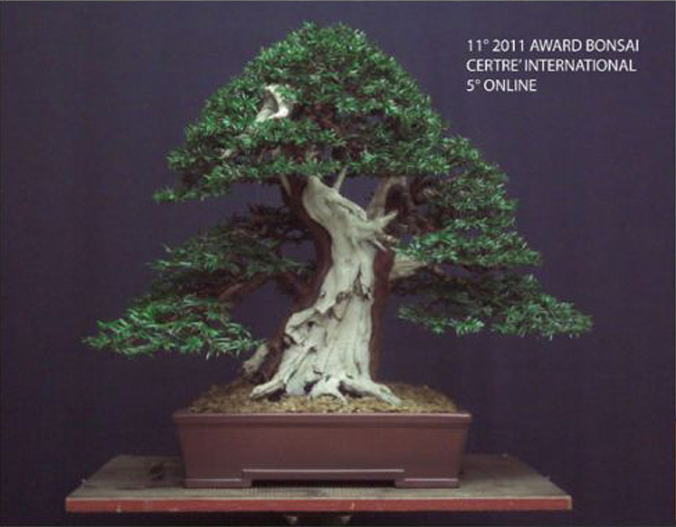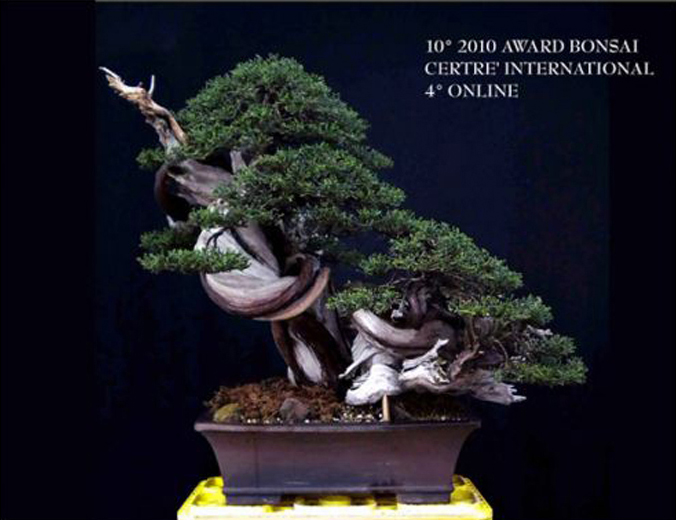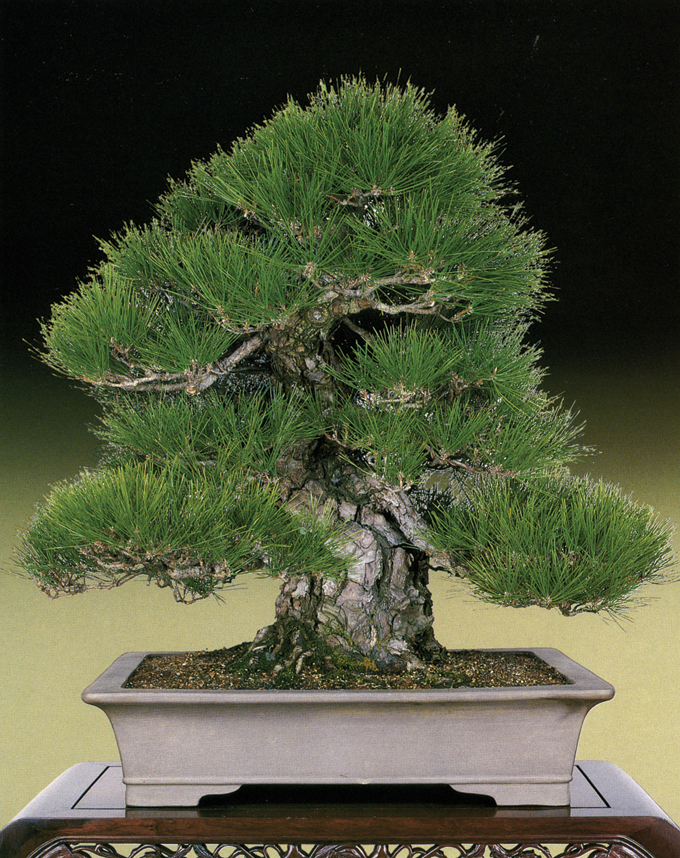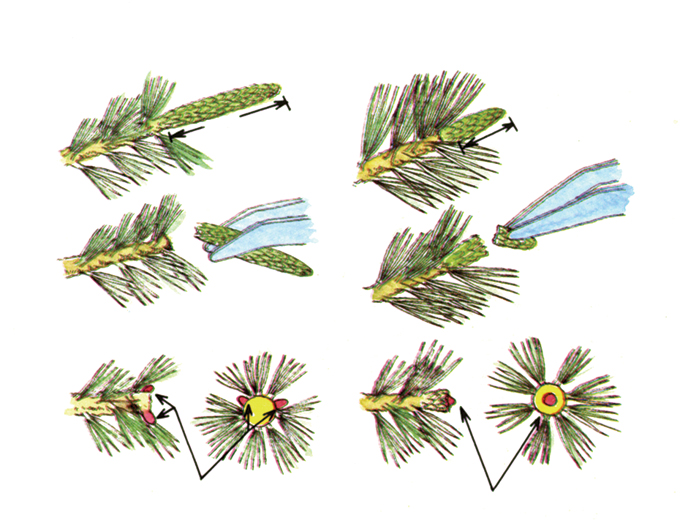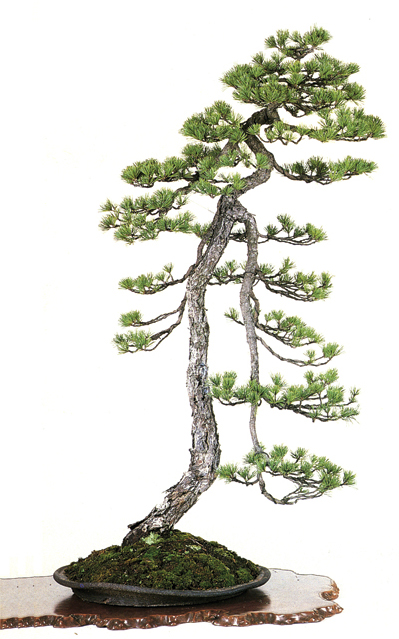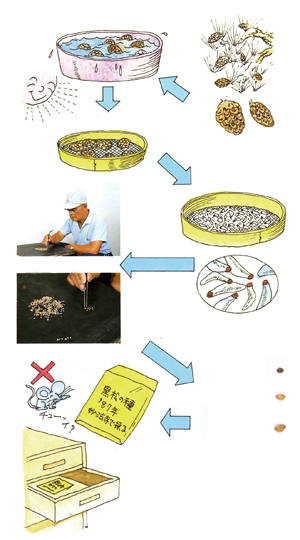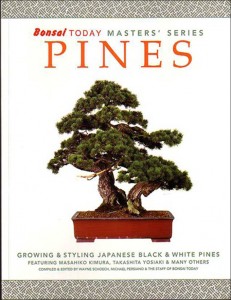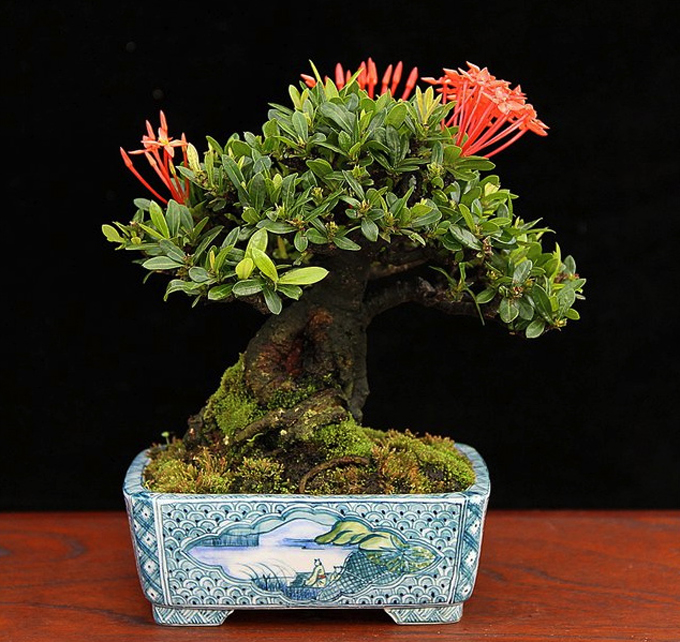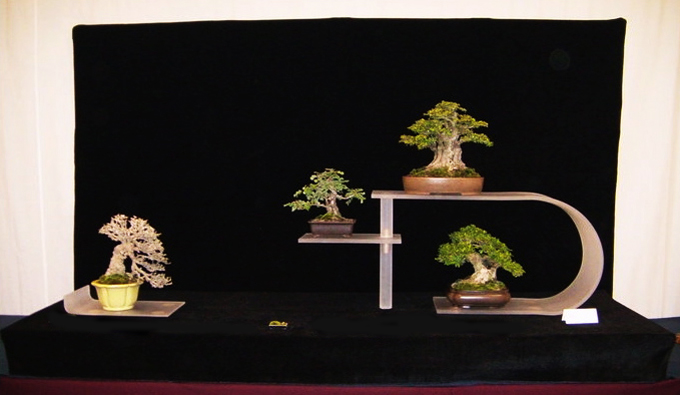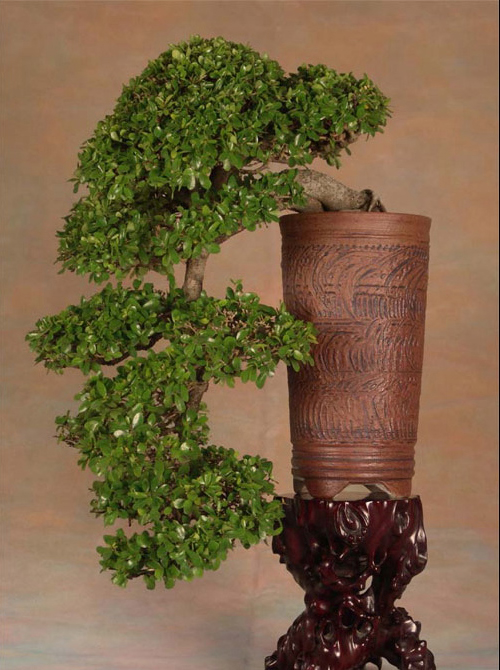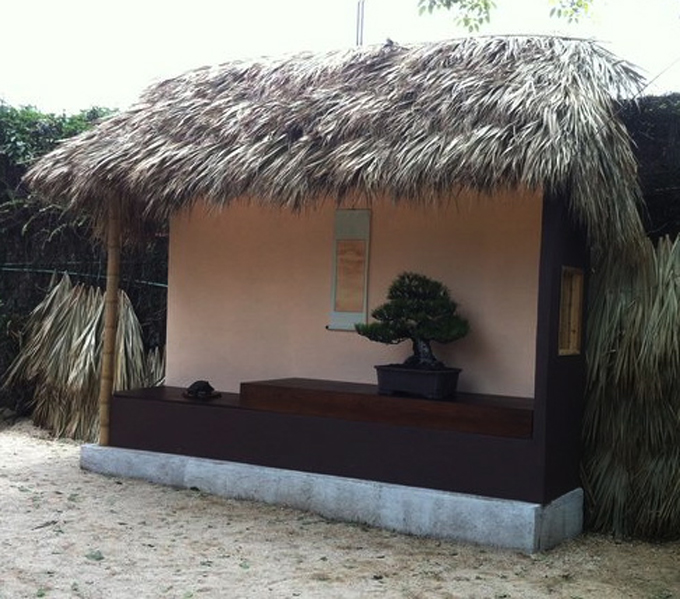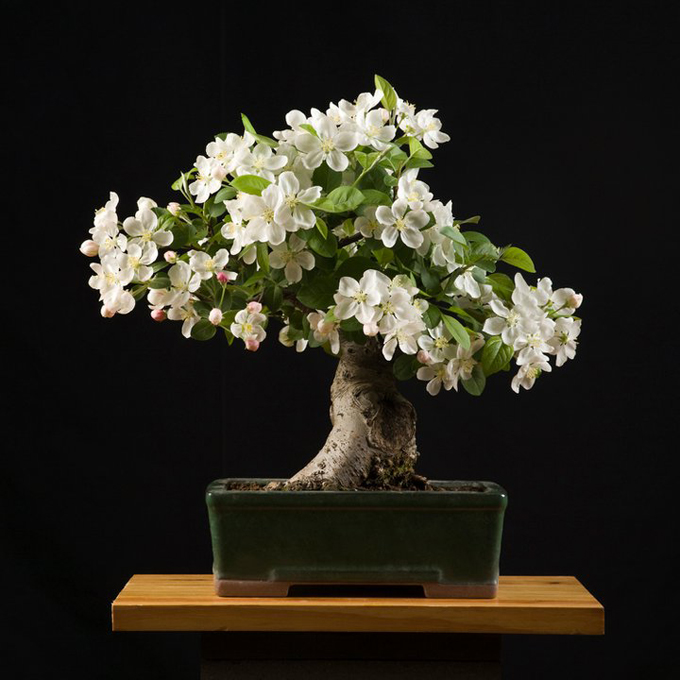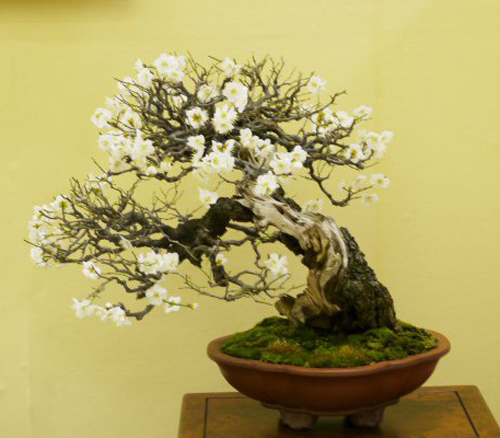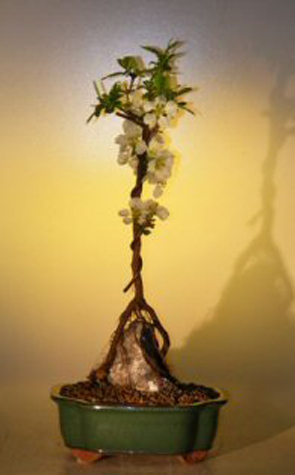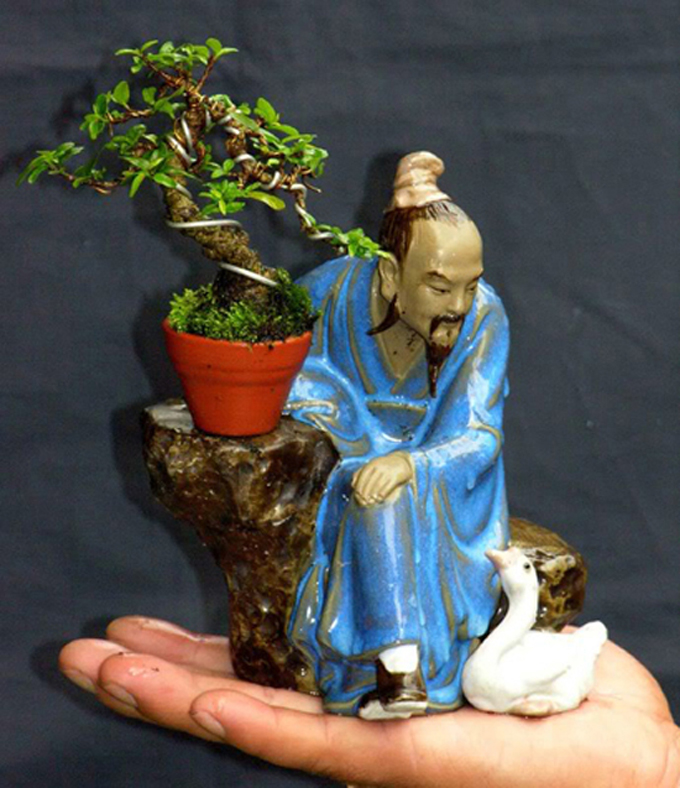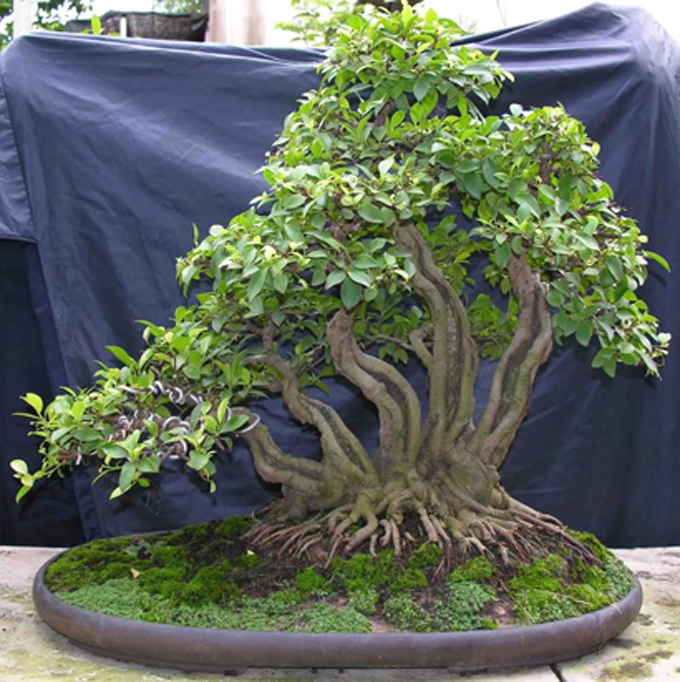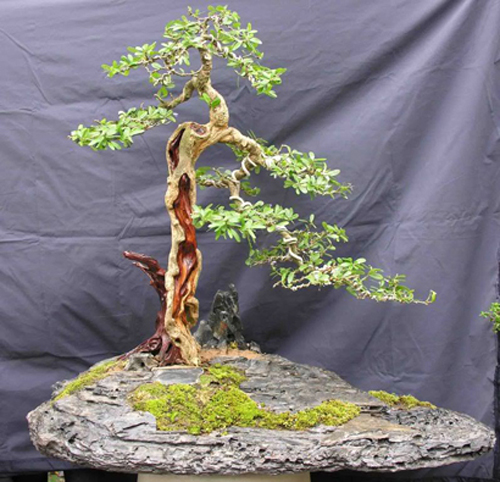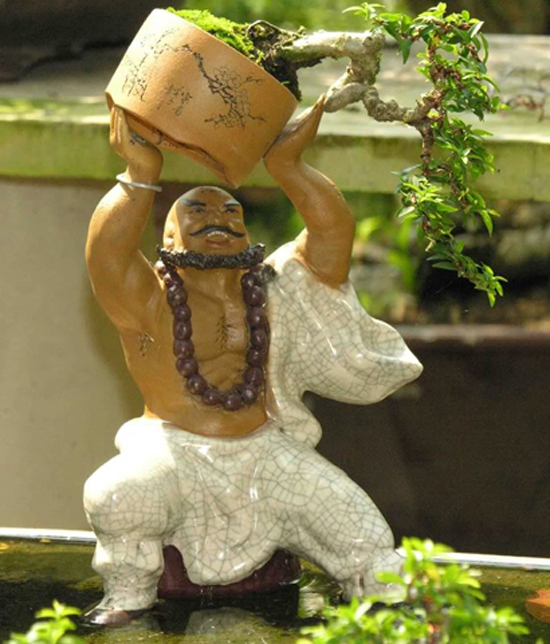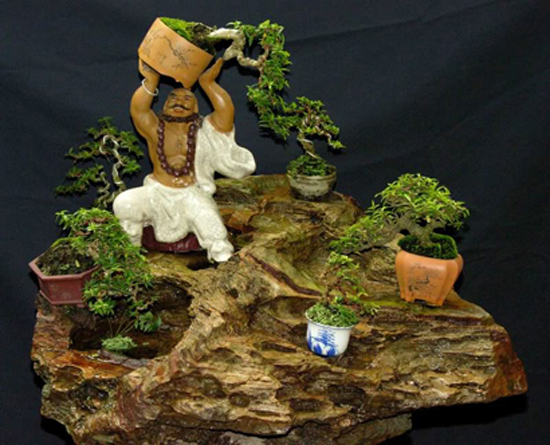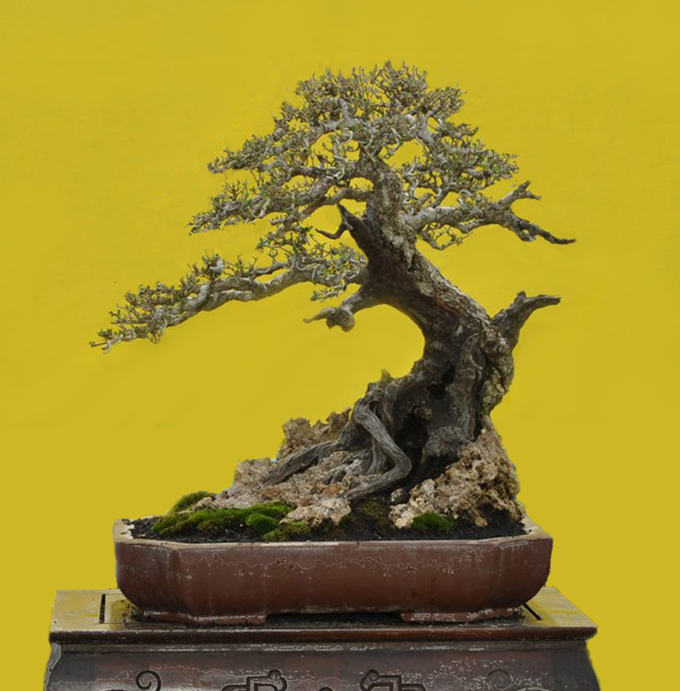 After. Robert Steven’s simulation of Pemphis that was submitted by Soni. The before photo is below.
After. Robert Steven’s simulation of Pemphis that was submitted by Soni. The before photo is below.
Before you read any further…
…take a look at the two photos and see if you can spot what’s different.
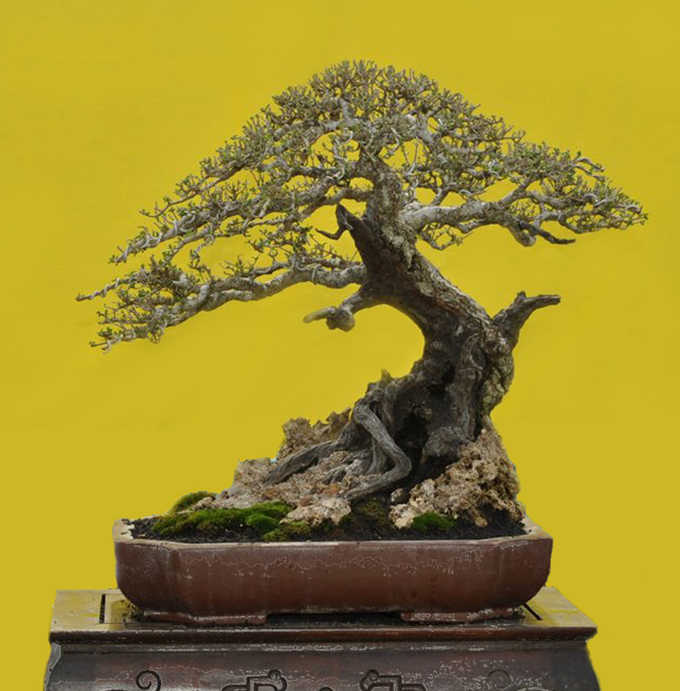 Soni’s original. Not too much to improve, though I think it would look better if the residue on the pot was removed.
Soni’s original. Not too much to improve, though I think it would look better if the residue on the pot was removed.
In Robert’s own words
All the features of this tree look perfect, but overall it does not look very natural due to the neatly shaped round canopy.
There are two main factors that make a bonsai look natural: the ramification (branch structure) and the canopy shape. The better the ramification structure you can show on a bonsai, the more natural it will look. If you shape the canopy in more irregular form with sufficient spaces here and there, the bonsai will also look more natural.
That’s why when you look at a bonsai with a canopy that is too refined, without some open spaces, it will look artificial; too decorative rather than portraying a big tree in nature. The reason is, if you look at a tree in nature, no matter how dense the foliage is, there is always contour on the foliage surface with spaces here and there. Only a tree seen from a very long distance does not show the detailed contour, but shows only the silhouette instead. So, if you combine an illusion of long distance when it comes to the foliage, with other physical features which show close up details (the trunk with the bark for example), it doesn’t match and our sub-conscious rejects it. It simply isn’t perceived as a natural tree.
But, this doesn’t mean that you should exactly copy the way a tree looks like in nature with messy, sloppy and unrefined foliage to suggest a natural look. This has no value for bonsai as an art form. Instead, what you need is to refine is the foliage edges and ramification structure, and to create sufficient contour and spaces, avoiding foliage that is too neat and without contour.
The simulated picture (at the top) shows how changing the foliage by adding spaces give a much more natural look.
General comments
There is more than one way to design any bonsai and my critiques and recommended solutions might not always fit your taste and personal preferences, but I always try to give my opinion based on artistic and horticultural principles.
To understand my concepts better, please read my books Vision of My Soul and Mission of Transformation which are available at Stone Lantern.
You can also visit my bonsai blog.
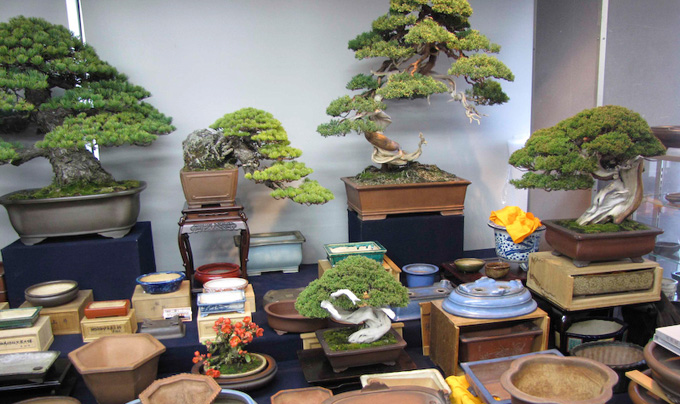 Photo by Peter Tea. From Sam & KJ’s Suiseki blog. Apologies to Peter for a little cropping at the bottom.
Photo by Peter Tea. From Sam & KJ’s Suiseki blog. Apologies to Peter for a little cropping at the bottom.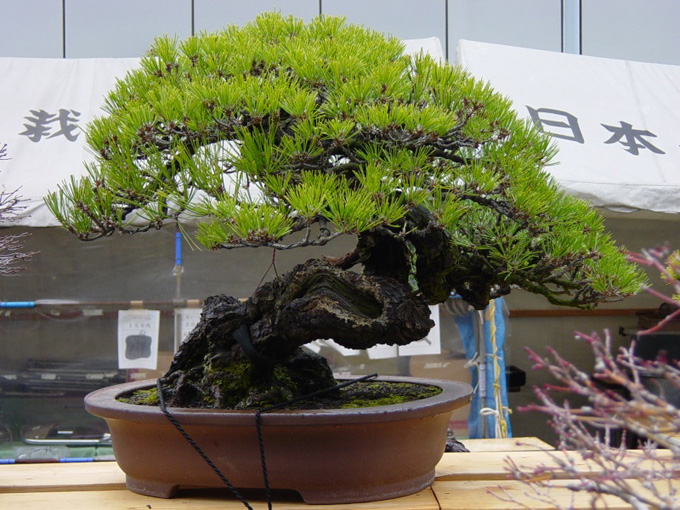 Wanna buy a bonsai with a little potential? Photo from the Ineternet Bonsai Club, by William Feldman.
Wanna buy a bonsai with a little potential? Photo from the Ineternet Bonsai Club, by William Feldman.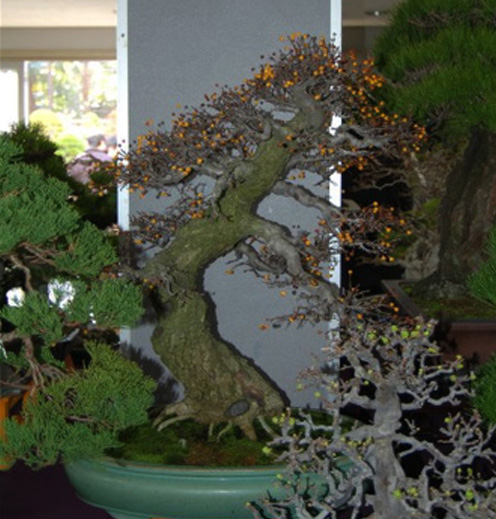 Bonsai abundance and they’re for sale, including this humble little tree. Photo by Uli Ernst (from facebook).
Bonsai abundance and they’re for sale, including this humble little tree. Photo by Uli Ernst (from facebook).  Not exactly a little starter plant. Maybe it’s a good thing you can’t make out the price. Photo by Uli Ernst (from facebook).
Not exactly a little starter plant. Maybe it’s a good thing you can’t make out the price. Photo by Uli Ernst (from facebook). 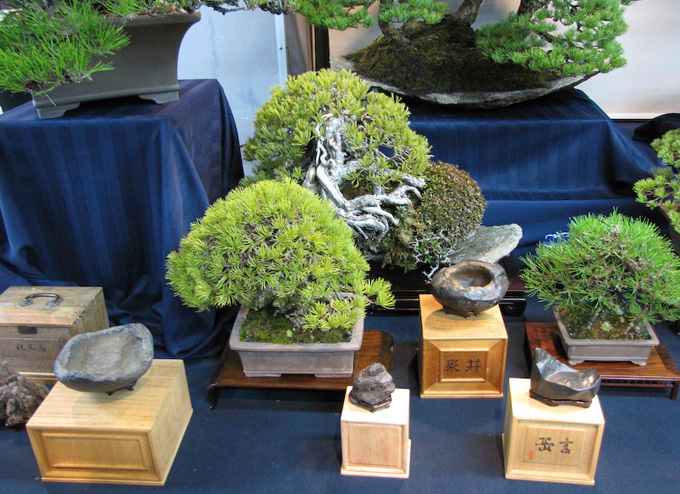 A lot of pots and suiseki are also featured. Photo by Peter Tea. From Sam & KJ’s Suiseki blog.
A lot of pots and suiseki are also featured. Photo by Peter Tea. From Sam & KJ’s Suiseki blog.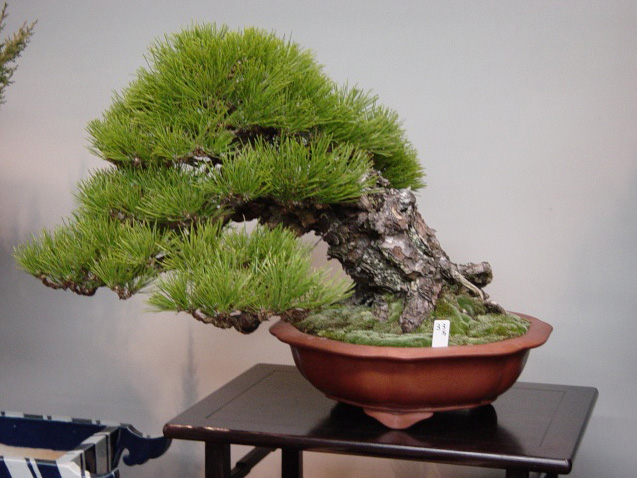 The tip of the iceberg (but you get the drift). The six photos shown here represent but a tiny fraction of the Green Club market. Photo from the Ineternet Bonsai Club, by William Feldman.
The tip of the iceberg (but you get the drift). The six photos shown here represent but a tiny fraction of the Green Club market. Photo from the Ineternet Bonsai Club, by William Feldman.